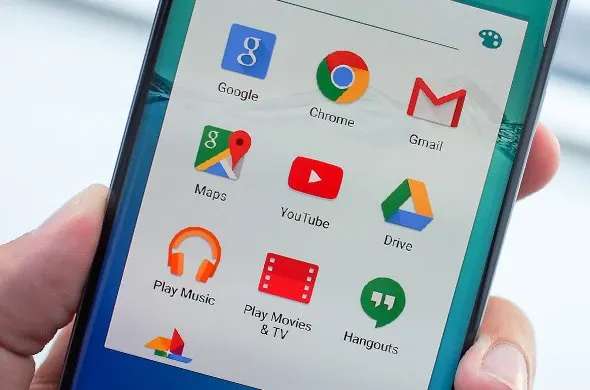Starlink Rolls Out Free Internet Access in Venezuela
Starlink started to offer free broadband internet service to people in Venezuela until 3 February.

Two weeks after companies began yanking ads from YouTube because they were popping up next to hateful videos, Google is trying yet again to halt the crisis, according to Bloomberg. Alphabet's main division is introducing a new system that lets outside firms verify ad quality standards on its video service, while expanding its definitions of offensive content.
A slew of major marketers halted spending on YouTube and Google's digital ad network after ads were highlighted running alongside videos promoting hate, violence and racism. Google's initial response, a promise of new controls for marketers, failed to stymie the boycott. The crisis ignited a simmering debate in digital advertising over quality assurance, or "brand safety," standards online.
Google has since improved its ability to flag offending videos and immediately disable ads, Chief Business Officer Philipp Schindler told in a recent interview. Johnson & Johnson, one of largest advertisers to pull spending, said it is reversing its position in most major markets. Since the boycott began, Google has allocated more of its artificial intelligence tools to deciphering YouTube's enormous video library. The company is a pioneer in the field and has used machine learning, a powerful type of AI, to improve many of its products and services, including video recommendation on YouTube and ad-serving.
Automatically classifying entire videos, then flagging and filtering content is a more difficult, expensive research endeavor -- one that Google hasn't focused on much, until now. In talks with big advertising clients, Google discovered the toxic YouTube videos flagged in recent media reports represented about one one-thousandth of a percent of total ads shown, Schindler said.
Still, with YouTube's size, that can add up quickly. And the attention on the issue coincided with mounting industry pressure on Google, the world's largest digital ad-seller, for more rigid measurement standards. A frequent demand has been for Google to let other companies verify standards on YouTube. Google is allowing this now, creating a "brand safety" reporting channel that lets YouTube ads be monitored by external partners like comScore and Integral Ad Science.